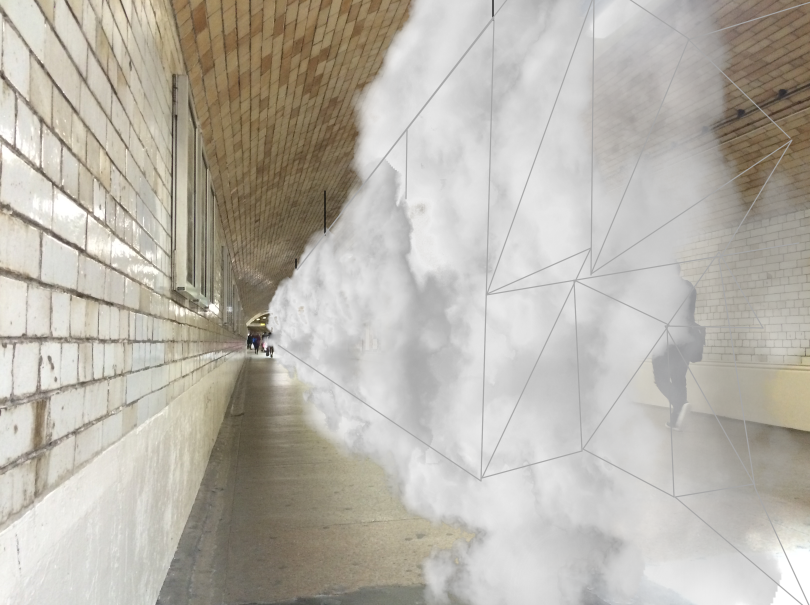Today we caught up with Chelsea student Anna Balint, currently in her 2nd year of her BA Interior & Spatial Design degree.
Describe you experience at Chelsea in 3 words.
Effervescent, engaging, welcoming.
What do you enjoy most about studying at Chelsea?
Chelsea challenges you to develop your creative thinking. The motives behind your creative output are constantly questioned, so you develop a critical approach to your work. What’s more, Chelsea is such a unique, small scale community that you feel at home. It’s easy to connect with like-minded people and the attitude of the institution allows for creative conversations to take place 24/7.
Where do you live at the moment and what do you enjoy most about being in London?
London is an intensely energetic city and where I live in Elephant and Castle really vouches for this. Personally, I have fallen in love with the cityscape and its facades more than anything. The way that you can have sky-high glass, modern buildings imposing Victoria, and small, intimate, old brick buildings around Soho is a fascinating negotiation between such a huge range of architectural styles. In some ways, the range of architecture in London mirrors the cultural diversity of the city.
What has been your greatest challenge so far on the course and how have you overcome it?
Understanding that I had complete creative freedom was, and often still is, difficult to deal with. It makes harnessing your work so much more challenging. The idea that “you can go in any direction” forces you to be so analytical of your work. It’s not a task where you’re given a set steps to follow, but where you have to set up your criteria and boundaries, as well as justify them. This involves doing a lot of research to understand the context in which your ideas have manifested in design in the past and present, as well as continuously pushing forward your design and being aware that there is not necessarily a predictable outcome.
What have been your greatest achievements during your time at Chelsea?
At the end of last year, I worked on an online publication with my classmate and tutor that compiled all of our final projects into a newspaper. The projects were under the umbrella name of “Museums Change Lives” where we focused on what a museum space is today, and how it can communicate information about our contemporary lives (climate change, social issues etc.) through a spatial program. The publication is available to read here.
What do you see yourself doing after you graduate, what are your career ambitions?
I would really like to go into interior design practice, to apply everything I have learnt at Chelsea into a creative practice context; I am interested in exhibition design and how space can create a conversation between art and viewer. For an MA I have considered Design Management, or Creative Business Strategy.
What would you say to someone who is thinking about doing your course? Any advice?
The course’s take on Interior and Spatial Design is quite unique, as we don’t hop on the bandwagon to design bathrooms, parks, and focus on interior furnishings right away as would be expected on an Interior and Spatial Design course. Instead, we look in depth at how space engages people, question our use of space now, and analyse the implications space plays as an exchange point for human interaction with the world (this can be from how digital media is enhancing our spatial experience and the way we construct space, to how we experience a museum space). In so doing, we are encouraged to understand that space is not a means to an end, a museum is not just a museum, as a restaurant is not just a restaurant.

The Science Museum, Mathematics Gallery: a plan drawing detailing (with 3D origami shapes) where I would display each given origami place. The project was centered around creating an interactive exhibition space within the gallery, for the users to play with life-size origami installations to engage first hand with paper folding on a 1:1 scale.
See more of Anna’s work on her blog: aa8lt-drs.tumblr.com
Find out more about BA Interior & Spatial Design on the course page of our website.


